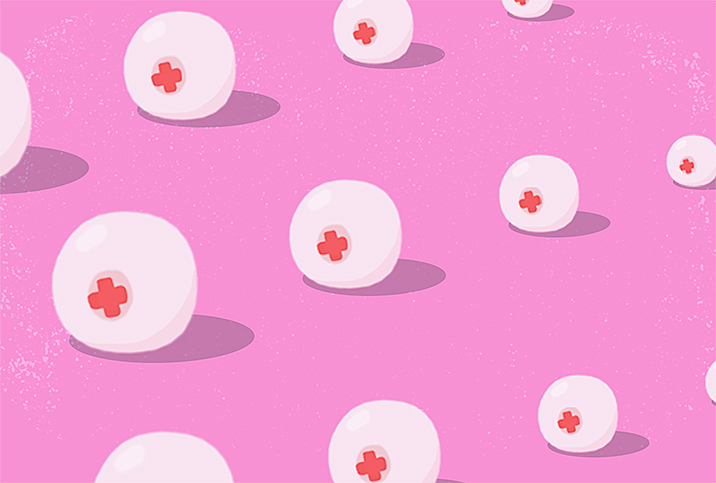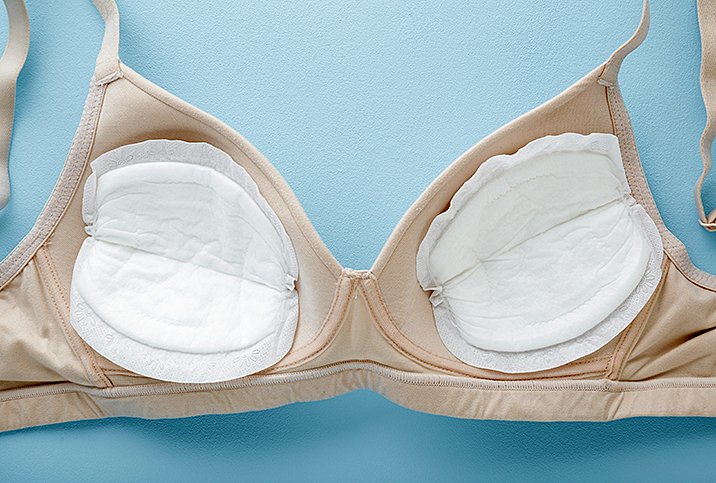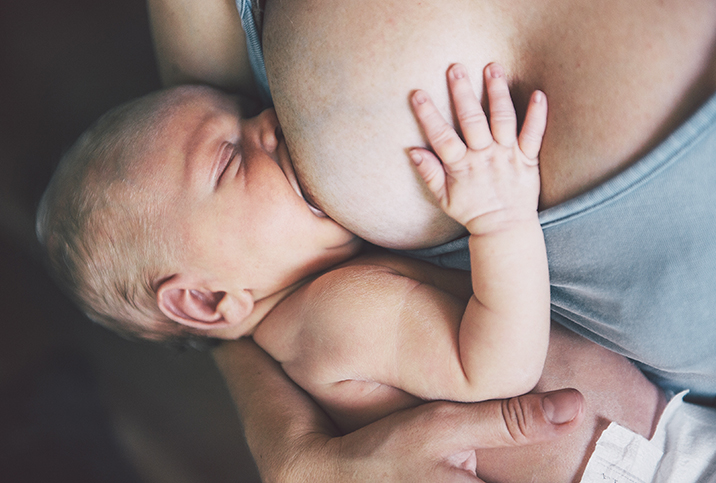Breastfeeding Is Overhyped as a Cause of Sagging Breasts

Breastfeeding offers a number of health benefits for both baby and mother, but just like many aspects of pregnancy and child-rearing, it's also blamed for visible changes in a woman's body. While breastfeeding is often associated with sagging breasts, evidence has shown it is not the cause, and there are steps you can take to maintain the appearance of your breasts while you nurse your child and after you stop.
Should breastfeeding be associated with sagging breasts?
During pregnancy, your breasts will fluctuate in weight, shape and volume to prepare for milk production, regardless of whether you plan to breastfeed. As this happens, the ligaments in your skin that support your breasts, called Cooper's ligaments, may stretch to accommodate the changes.
Since your body has no way of knowing your plans for breastfeeding, these changes occur even if you intend to use formula or a milk bank instead. Therefore, as a study in the Aesthetic Surgery Journal found, pregnancy, not breastfeeding, is responsible for sagging breasts.
Prevent breasts from sagging after pregnancy
One of the key reasons breasts appear to sag after pregnancy is that the skin stays stretched while the tissue grows smaller, because of either weight loss or the milk ducts have dried up. Therefore, fighting post-pregnancy sag involves a combination of efforts: preventing excessive stretching and taking good care of your breasts postpartum.
To start, aim to stay in the recommended range for healthy weight gain during pregnancy and breastfeeding. The larger your breasts become during pregnancy, the more your skin will stretch, and the more pronounced the sag will be as you gradually lose weight after delivery. That said, it's still important to eat enough to fully nourish both yourself and your baby, so don't restrict your food intake on the basis that you don't want your breasts to sag.
As your breasts grow, wearing a supportive bra day and night will ease the burden of the additional weight for your shoulders, back and Cooper's ligaments. Wearing a proper bra can prevent your ligaments from overstretching and may help with sagging later.
Keep your skin hydrated to optimize its chances of recovery. First, drink plenty of water. Additionally, apply a quality moisturizer to your breasts, but clear the product with your doctor if you're breastfeeding to make sure your baby doesn't ingest any harmful chemicals.
Finally, don't rush to drop pounds after you give birth. Some women may feel a strong cultural pressure to "get their body back" as soon as possible. Losing weight quickly, however, doesn't give your skin time to keep up, leading to excess skin that will make any sagging appear worse. Losing weight slowly is generally considered more healthy anyway, and doing so will give your skin time to tighten gradually as your body changes.
Get professional advice
Ask your healthcare provider for more information about how to avoid sagging breasts if you have concerns. Your doctor or nurse can evaluate your medical history and discuss your lifestyle, which will help them determine the factors that may increase your risk of developing sagging breasts. If you are currently breastfeeding, don't make any drastic changes to your diet or activity level without first talking to your doctor, as doing so may affect the quality and production of your breast milk.

















